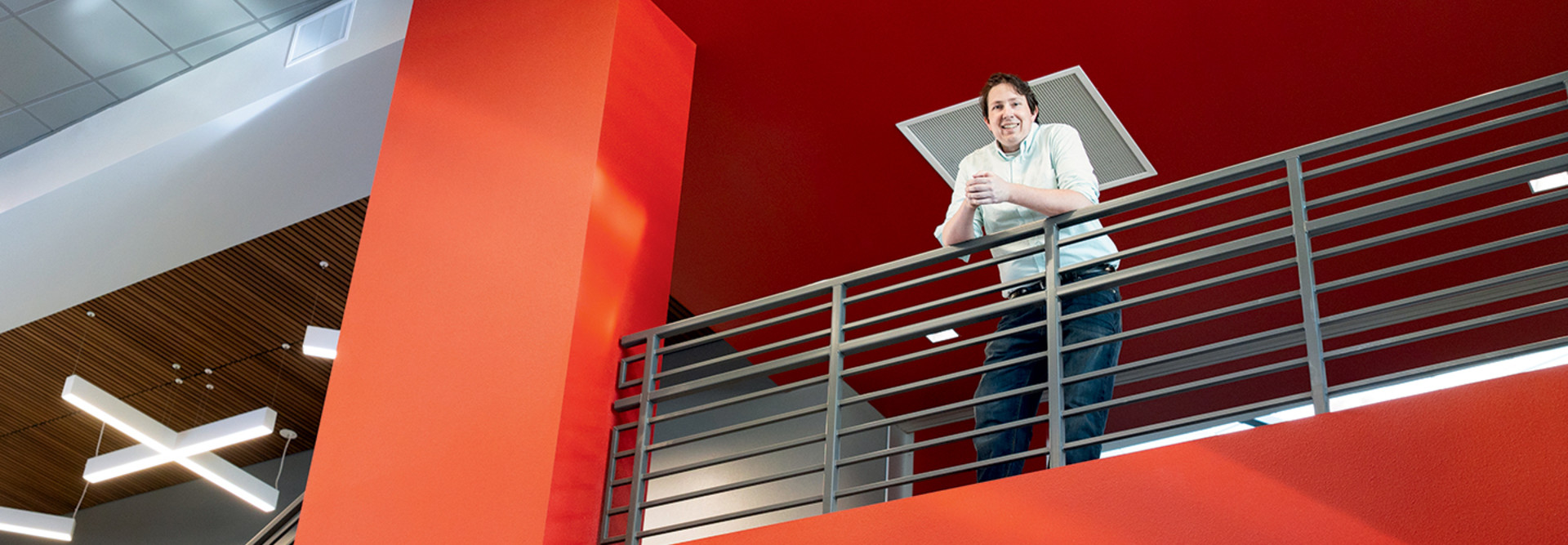“By proactively replacing devices before they start breaking, you can reduce the costs associated with repairs,” Halford says. “At the same time, you’re avoiding downtime for your teachers and students. If something is broken, that means learning might not be happening.”
The question of when and how to replace aging technology is one that many school districts struggle with. Administrators and school boards want to stretch their technology dollars as far as possible, but waiting too long to refresh can result in subpar instruction, bloated maintenance budgets and security vulnerabilities.
“The long-standing error that people have always made is they think about the upfront costs of technology as the real cost,” says Keith Krueger, CEO of the Consortium for School Networking (CoSN). “But the real cost is the professional development, the recurring costs and the replacement cycle.”
DISCOVER: Read how K–12 schools can measure ed tech ROI.
Balance Time and Costs When Implementing a Refresh Plan
Madera is in the process of replacing classroom projectors with Promethean interactive boards in lower grades, and with Samsung BE82N 82-inch 4K interactive displays in the middle and higher grades. The district is also rolling out Acer Chromebooks to students, leasing the devices to ensure they are refreshed on an ongoing basis.
“Moving to a lease is better for us as far as the whole lifecycle goes,” Halford says. “We look at our total population of devices, divide it by the number of years of the lease, and we know what our costs will be every year. We’re able to replace the devices proactively.”
Similarly, Monterey Peninsula Unified School District in California has moved to four-year leases for student Chromebooks. “From experience, I know that after four years, we start to see some slowness,” says Manuel Zamudio, IT director for the district.












